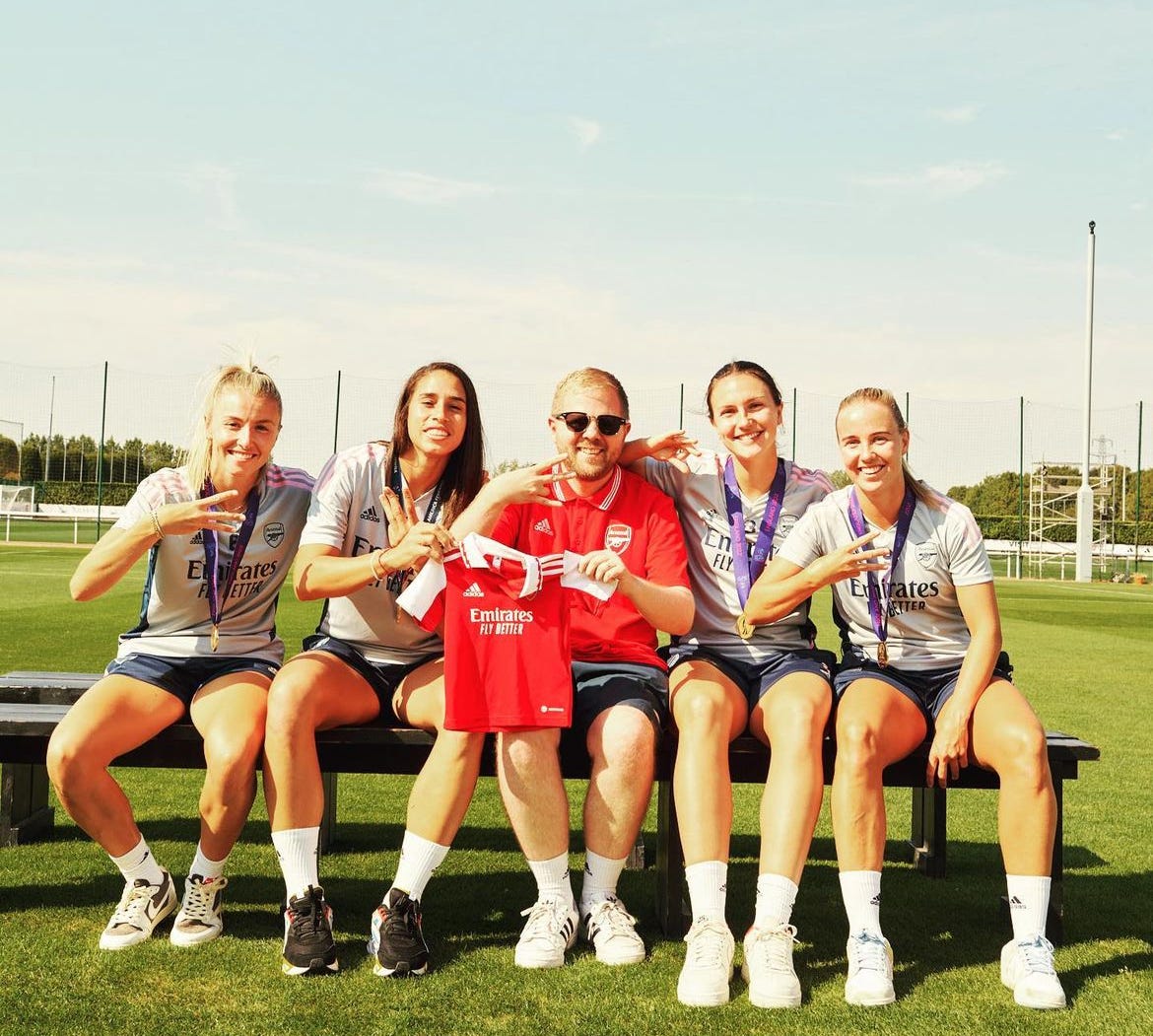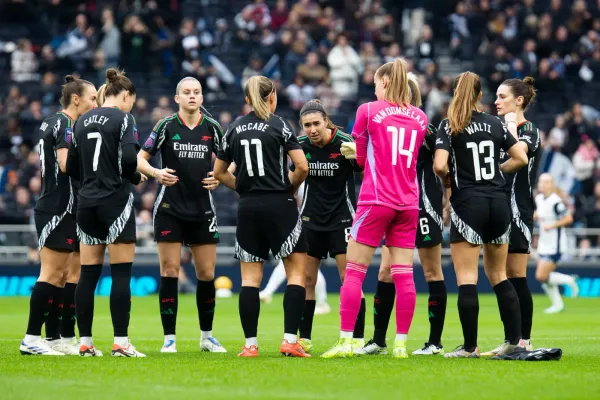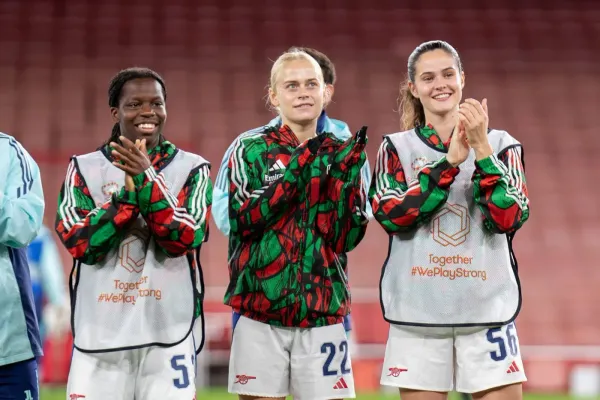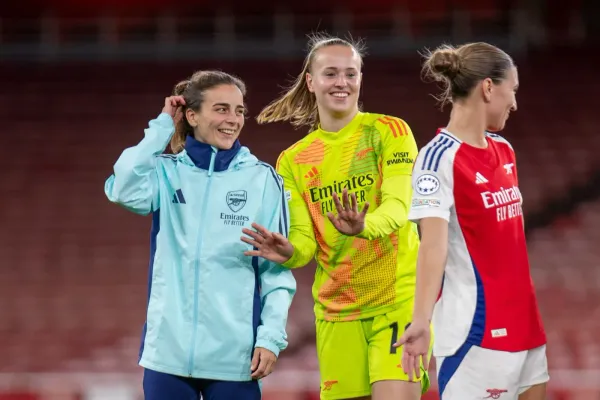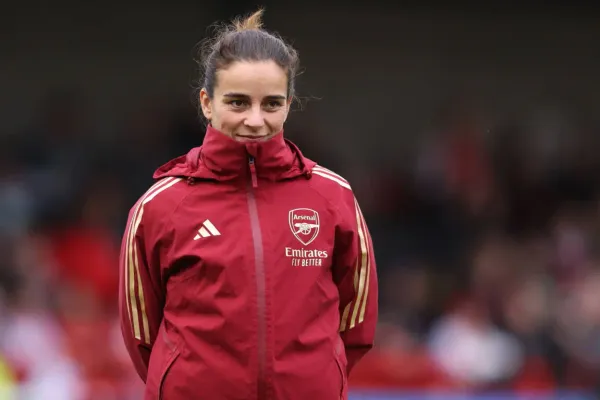Industry
Reflections on observing the growth of women’s football from a media perspective
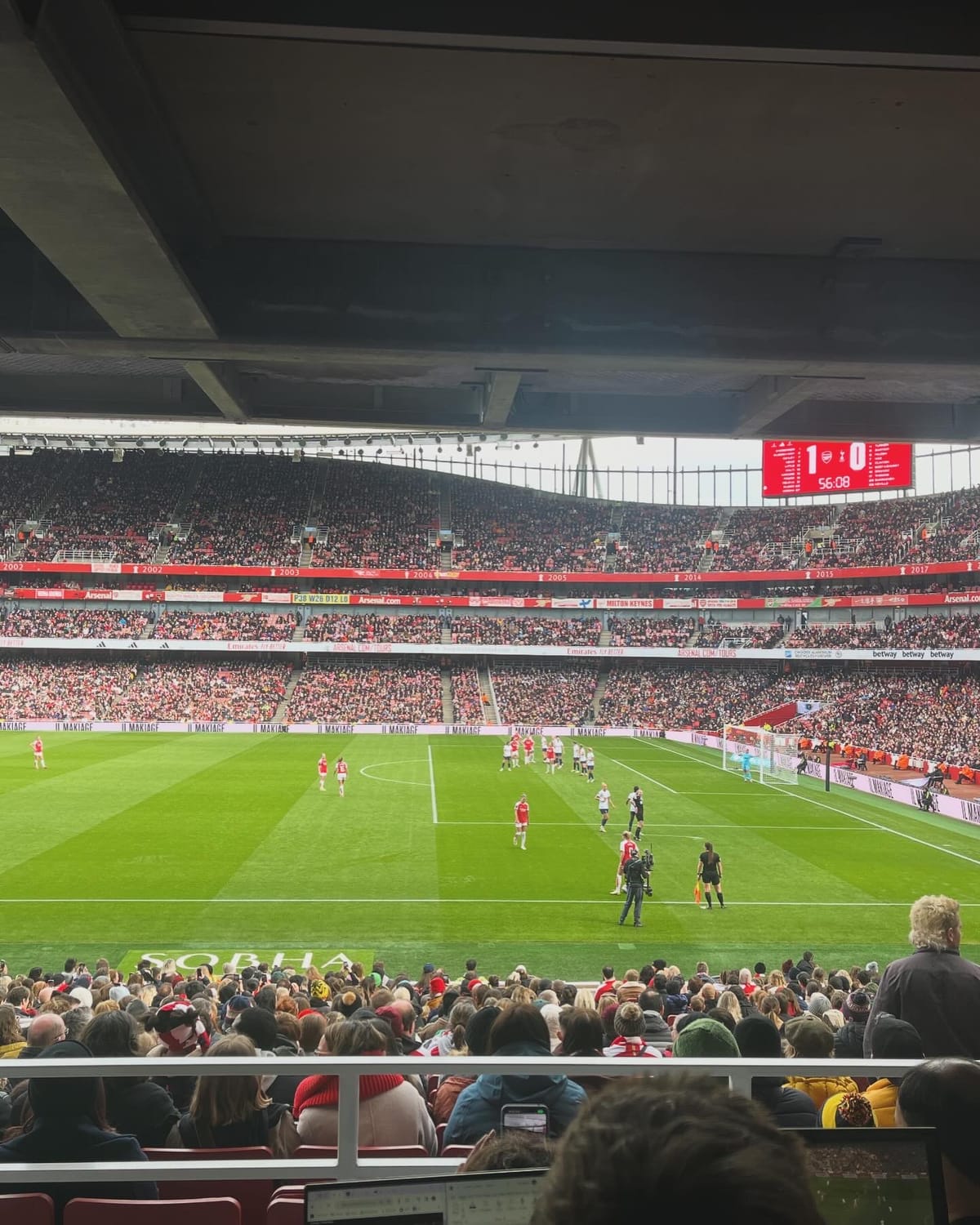
One of the interesting, exciting and sometimes scary things about witnessing the rapid growth of women’s football is trying to remember what it was like before…well, before the post Euro 2022 explosion. I was accustomed to international tournaments leading to a spike in interest and sometimes that interest was sustained and sometimes it wasn’t.
On the back of the 2015 World Cup in Canada, when the WSL was still a summer league, I recall teams and players being rushed back to league action to try to capitalise on the popularity of the World Cup. Arsenal played Liverpool at Meadow Park in July 2015 and the game was close to a sell out, which was completely unheard of at that point.
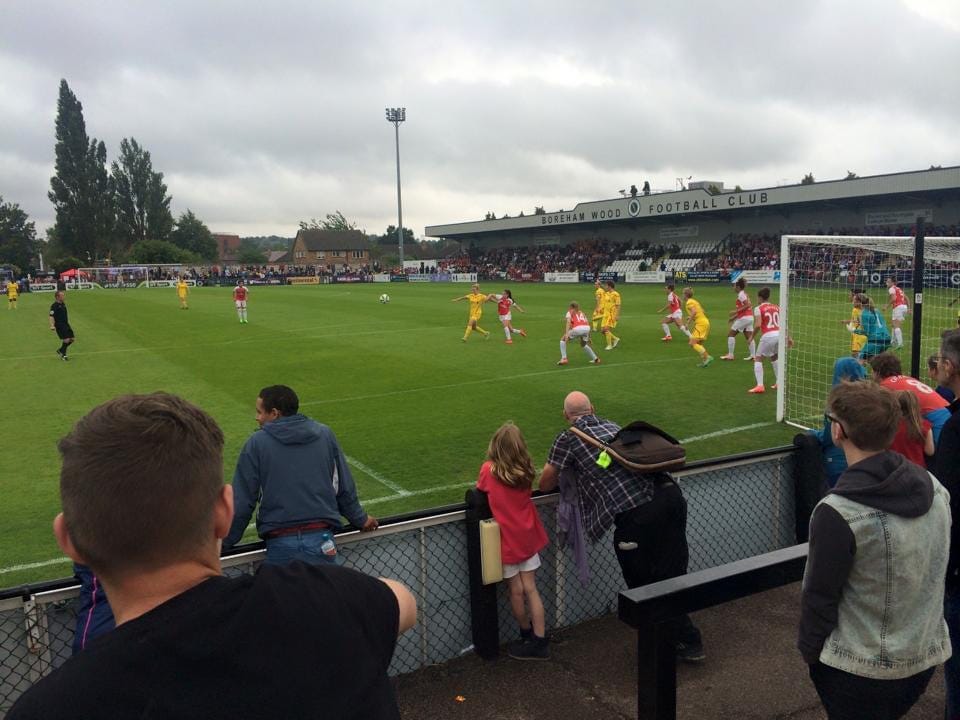
That interest did not sustain at all and pretty much by the time the next league game came around, crowds were back down to a few hundred. Yet the 2019 World Cup did lead to a sea change. The major British newspapers, who hired journalists to cover the tournament, began to appoint full-time women’s football correspondents. While one of the most significant and underrated signal boosters for women’s football in the UK, the FA Player, was launched.
This made free-to-air access to every WSL game available globally at the stroke of a button. Prior to this, a game a fortnight or so was all you got on TV (and even that was a relatively new occurrence) and you would get the odd low res broadcast on the WSL Facebook page.
For me, the 2019 World Cup in France posed a conundrum. I was also writing about South American Football at the time. Neither women’s football nor South American Football were particularly lucrative or opportune for me. I enjoyed both and wrote about them very much as a side hustle.
The 2019 Women’s World Cup in France and the 2019 Copa America in Brazil coincided and I deliberated for a long time about which one to try to cover. I dropped my South American Football writing gig at the outset of the pandemic in April 2020. The site I was writing for had been taken over by new ownership and they wanted to change my role a little. I didn’t really want that and felt the gig wasn’t going to lead to anything especially prosperous career wise, so I let it go.
Now it seems ludicrous that I could ever have faced a dilemma between covering South American Football and Women’s Football. As it turned out, I went to neither tournament in person in the summer of 2019. The Arsenal men’s team reached the Europa League Final in Baku that year and that trip pretty much wiped out my funds.
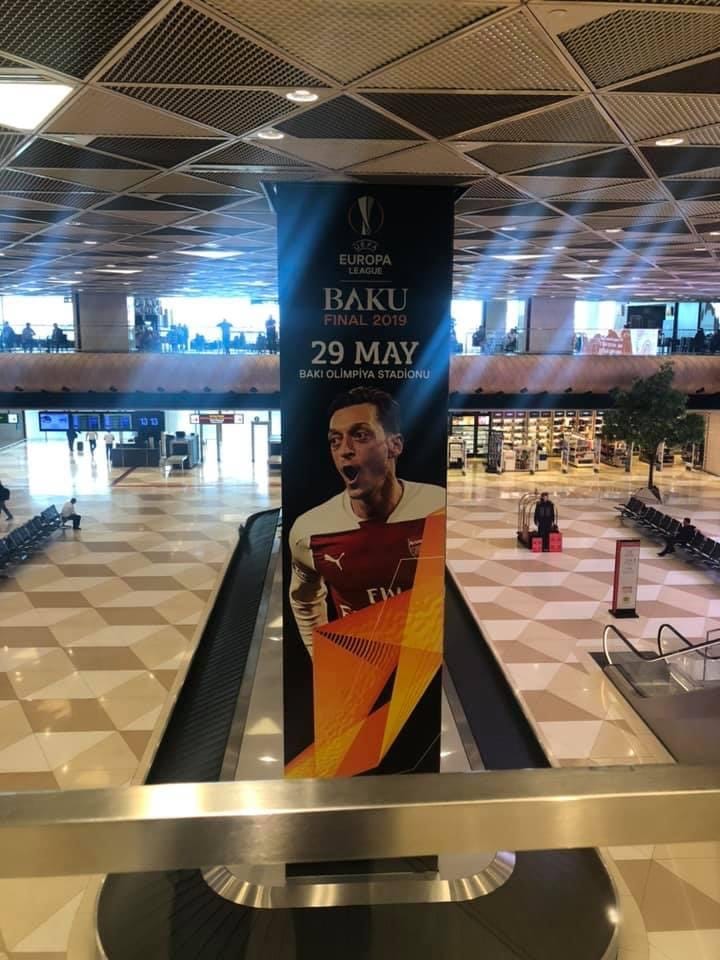
As it turned out, staying in London that summer proved to be an accidental master stroke. Since the small band of people who wrote about women’s football were all in France, I picked up a lot of radio and podcast work in London. Simply being in my own city afforded me a lot of opportunities.
I was a regular on the Guardian Football Weekly during that summer because I had enough knowledge of the Women’s World Cup and the Copa America to be a very worthwhile guest. That summer really changed things for me, career wise, as it were. Like I said, the South American Football gig died a natural death but as the trajectory of women’s football increased, I began to be exposed to more ‘generalist’ women’s football opportunities.
I started writing about Arsenal Women circa 2007 simply because I didn’t see anybody else doing it. I wasn’t on any sort of crusade. I don’t even remember being particularly upset or angry that nobody else was making this content, nor do I recall considering it any kind of burning injustice. This is difficult to get across in a modern context.
The concept of women’s football as an industry is a very new one. There was hardly any ‘industry’ to speak of. The players were amateur, the people around the game were largely volunteers, media wise, there was Tony Leighton and She Kicks Magazine and that was about it. (Then Girls on the Ball came along and they were pioneers in terms of their sheer work rate at covering a large volume of games via a variety of different media). There was no concept that any sort of ‘career’ or ‘profile’ or whatever you want to call it was achievable in women’s football.
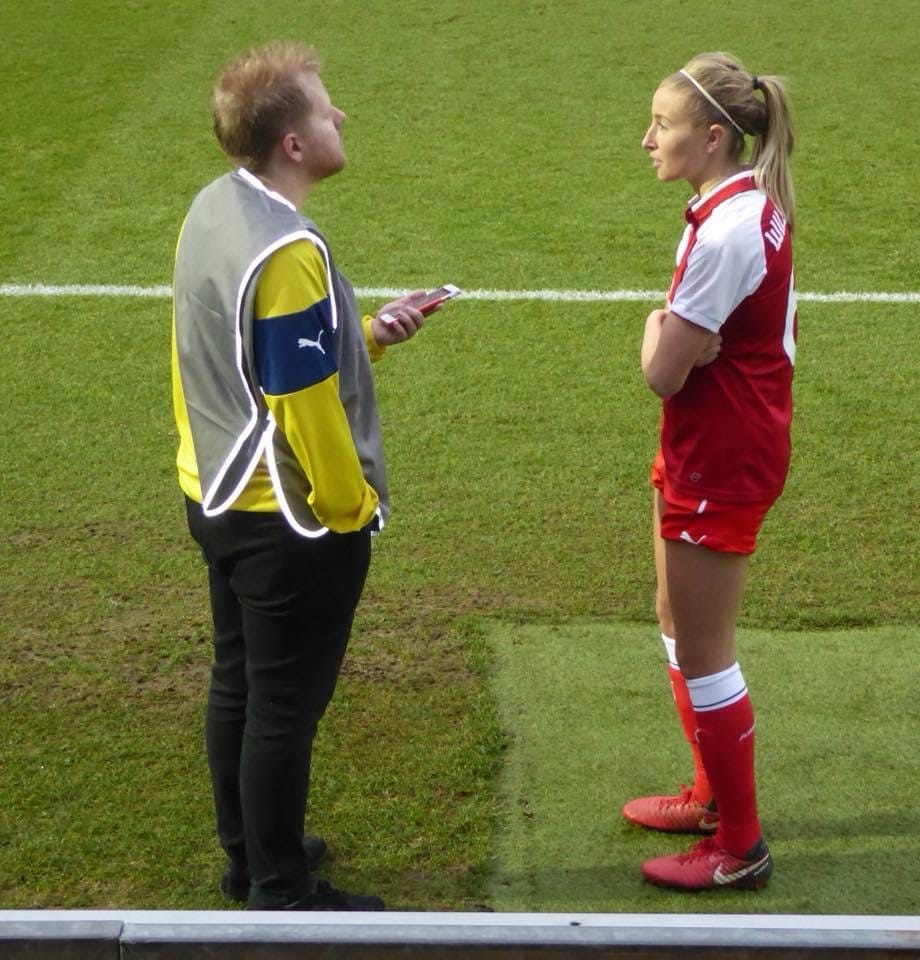
It’s like trying to imagine something that isn’t invented yet. In January, I wrote something about transfer reporting for Arsenal Women and how it all happened by accident for me. There was no infrastructure for ‘reporting’ transfers in the way that we recognise now. There were no dedicated media operations at clubs, no press conferences, little way of double and triple sourcing information, very few outlets paid even the slightest attention to the business of women’s football transfers.
In fact, often I would know about an Arsenal transfer but just wouldn’t say anything at all until it was announced. There was no audience for reporting it, it didn’t exist. That I have been able to access a range of contacts to come by information is dumb luck. I didn’t plan it, it’s just that the game was more intimate and I was really the only person seeking the information on the Arsenal front.
I didn’t have the remotest concept that there would ever be a serious audience for it. Breaking the news around the Alessia Russo deal last summer felt like a sizeable sea change. The Arseblog News story only got around 150 fewer views than the confirmation of the signing of Declan Rice around the same time. I knew the level of interest would be high but it was far higher than I was expecting. I could really feel the change at that point.
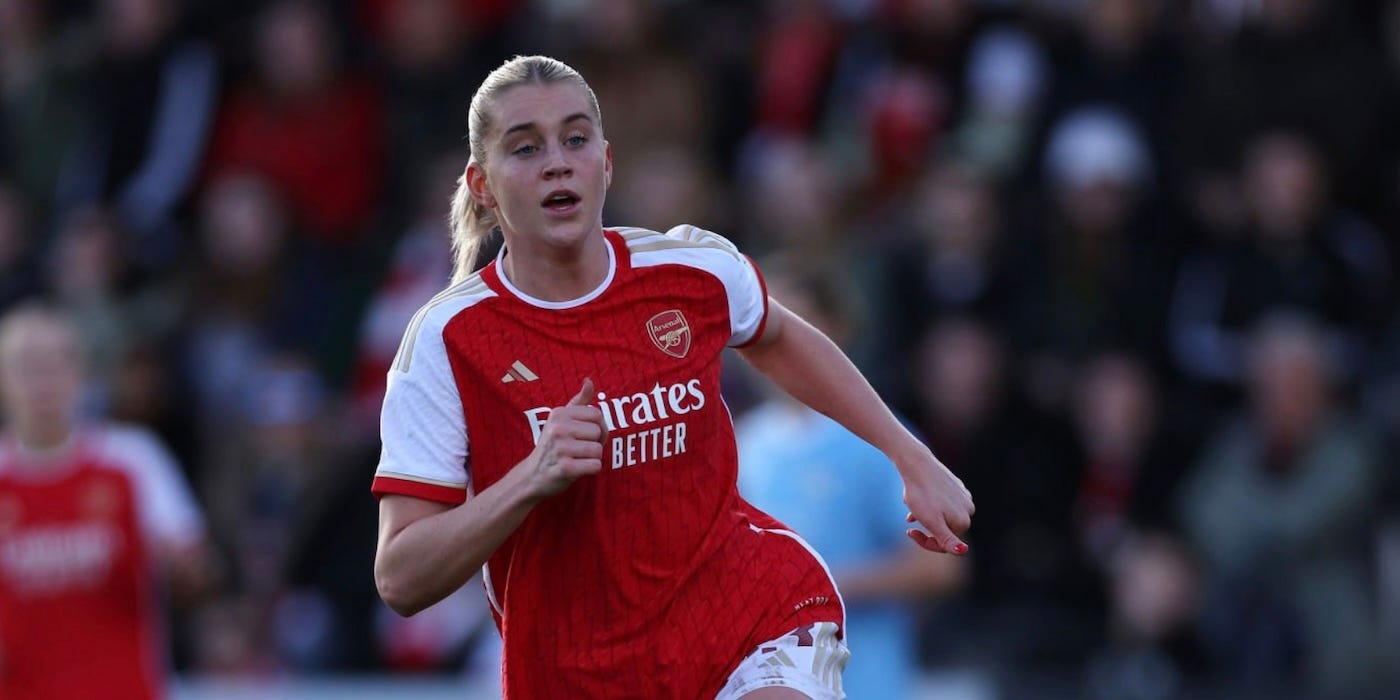
In a sense, it is probably like buying a house in Hackney in the 1980s then looking out of your window aghast as a once unloved and under funded neighbourhood gentrifies before your eyes. I didn’t hatch any kind of career plan and make my way up the women’s football industry ladder. The truth is, Andrew at Arseblog kept supporting the coverage, I kept doing it and the whole ‘industry’ thing has started to happen really suddenly outside the window.
There are still a lot of people who believe that Arsenal feed me information, which I find really strange. It is entirely not in the club’s interests for me to report on their business in this way. They accept and understand it happens and that is the job of reporting. But there would simply be zero incentive for them to give me anything (and I admit that I am egotistical enough to be annoyed by the insinuation, because it downplays how hard we actually work to get each story, ha!)
As the audience has grown, so too have the expectations of the content, which is exactly as it should be. I have had to adapt to that and have made some mistakes in doing so, especially around social media. Initially, I didn’t really have to think about the audience, who they are and what they really value before because the audience was so much smaller. I probably should have given that more thought from the outset but, like I said, I fell into this and didn’t see any of it coming.
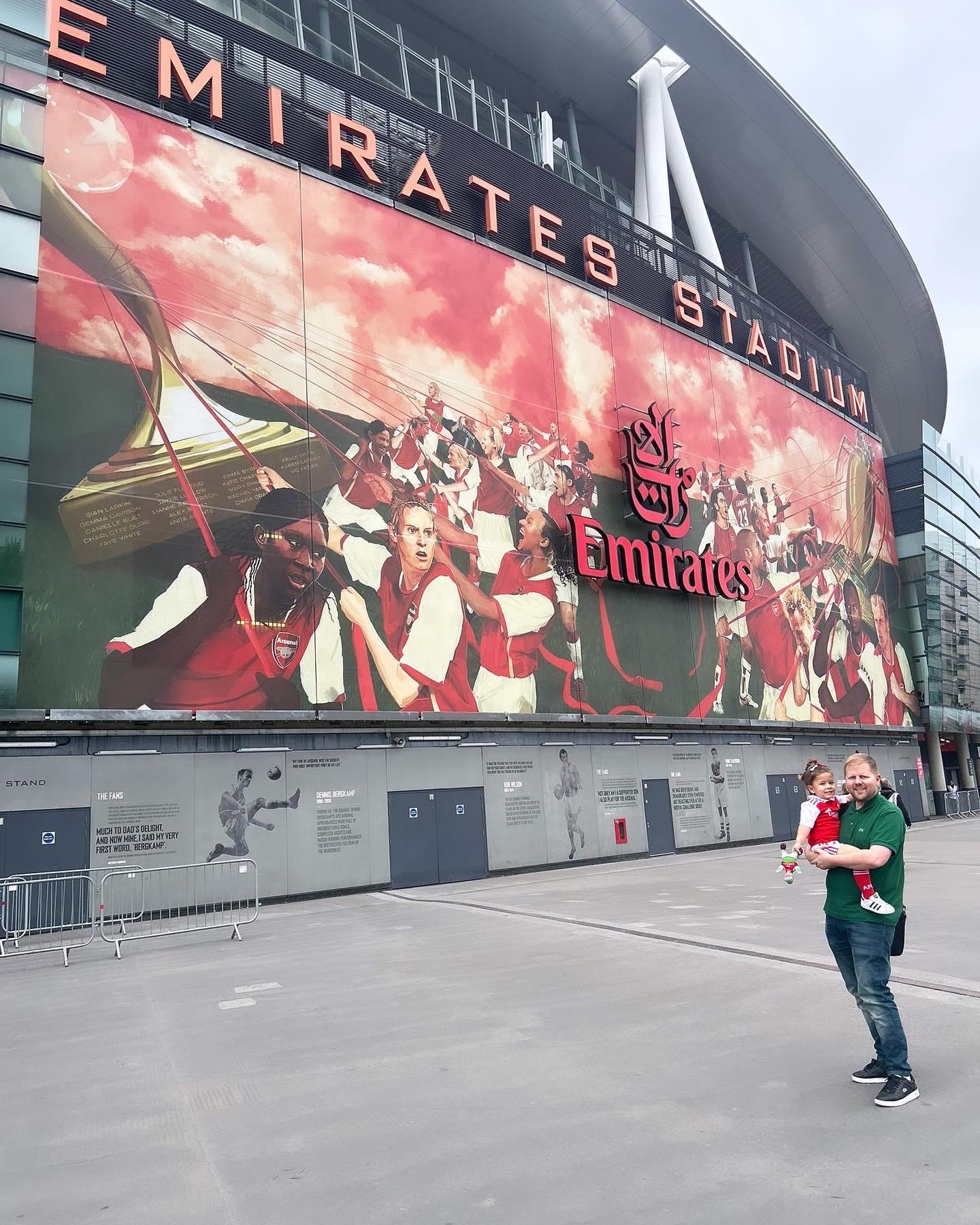
It is a little strange living a sort of double life where I make fan content in men’s football and can afford to be a little less varnished (for better and for worse). It’s still a source of amusement to tell WSL press officers that I write for ‘Arseblog’ when collecting my accreditation.
And when I refer to women’s football as an ‘industry’ it remains incredibly nascent. Only a handful of people in the media are paid a full-time salary to cover the women’s game (and some of those even cover facets of men’s football as part of their roles), the vast majority of the money I make comes from making men’s football content. My role covering Arsenal Women is not close to full-time.
Yet still I am in a very unique position as someone who has been supported financially and editorially by Andrew and Arseblog to do this over a number of years. What the site has done, in funding a correspondent of a single women’s team, is, as far as I am aware, unique in the UK. I am incredibly fortunate to have benefitted from that and to have benefitted from the increase in interest in the sport thanks to the efforts of the players and the many people behind the scenes who have worked so hard to generate greater exposure for women’s football.
I never envisaged belonging to any sort of ‘industry’ or that our audience would grow to the size that it has. The game is about the players, the teams, the coaches, the characters, the storylines and, most of all, the football games and being able to report on those and to see how many people care has been such an incredible and gratifying thing to witness. The players, in particular, deserve that spotlight so, so much (even if I sometimes do not envy some of the things that come with it!)
